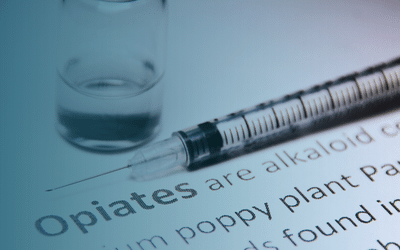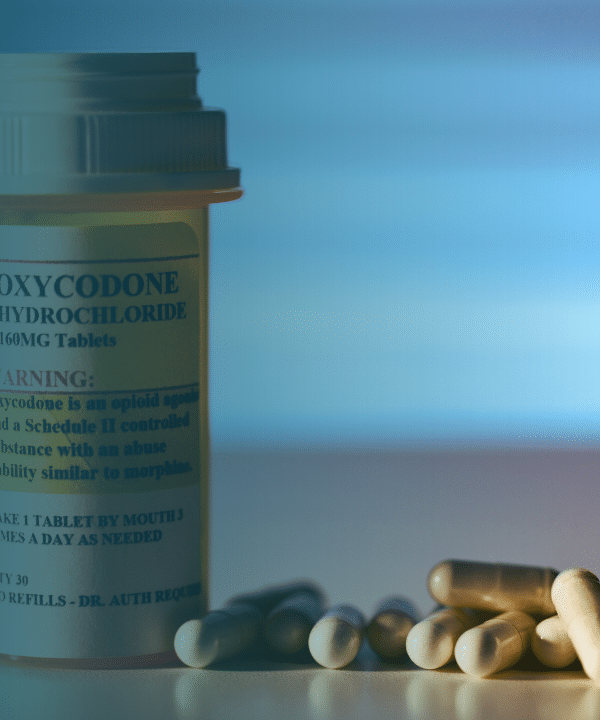Comprehensive Guide to
Opioid
and Opiate Addiction

Comprehensive Guide to Opioid and Opiate Addiction
Opioid and Opiate Addiction
As the opioid crisis continues to impact individuals and communities worldwide, it is essential to gain a comprehensive understanding of these powerful drugs, their effects on the human body, and the devastating consequences of addiction.
This page provides valuable insights into the differences between opioids and opiates, their mechanisms of action, and the risk factors associated with addiction.
Delving into the treatment options, prevention strategies, and the impact on family and friends, we aim to equip readers with the knowledge they need to make informed decisions and promote healthier lives free from the grasp of opioid and opiate addiction. The goal is to shed light on the critical aspects of this pressing public health issue.
Opioids are a class of pharmaceutical compounds derived from the opium poppy plant or synthesized chemically, known for their remarkable ability to alleviate intense pain.
While opioids are widely used in medical settings for pain management, they pose significant risks due to their potential for addiction, tolerance, and dependence. The misuse and abuse of opioids have led to a devastating opioid crisis in many parts of the world, underscoring the critical need for proper medical supervision and public awareness about their potential dangers.
What are Opiates?

Opiates are a class of drugs derived naturally from the opium poppy plant, such as morphine and codeine.
These substances possess potent analgesic properties, effectively numbing pain by binding to specific opioid receptors in the brain and nervous system. Historically, opiates have been used for centuries as powerful painkillers and sedatives, playing a crucial role in medical practice. However, their use also comes with inherent risks, as they can lead to tolerance, physical dependence, and addiction over time. Due to their potential for abuse and harmful side effects, strict medical supervision and responsible prescribing practices are essential when using opiates to strike a balance between their therapeutic benefits and the need to avoid dependence and misuse.
Types of Opiates
What is opioid use disorder (OUD)?
Is Fentanyl an Opioid?
Is Heroin an Opioid?
Side Effects of Opioid Use
Long-term opioid addiction can have devastating effects on various aspects of a person’s life. Physically, it can lead to significant health problems, including respiratory issues, liver damage, and increased vulnerability to infections. Chronic opioid use can also result in cognitive impairment, memory problems, and reduced overall brain function.
Socially, opioid addiction can isolate individuals from their families, friends, and communities, and often leads to difficulties in maintaining employment and meeting responsibilities. Additionally, the financial strain of sustaining an opioid addiction can be substantial, further exacerbating the negative consequences on a person’s life. Long-term effects highlight the urgency of early intervention and comprehensive addiction treatment to prevent or mitigate the severe and lasting impact of opioid addiction on individuals and society.















